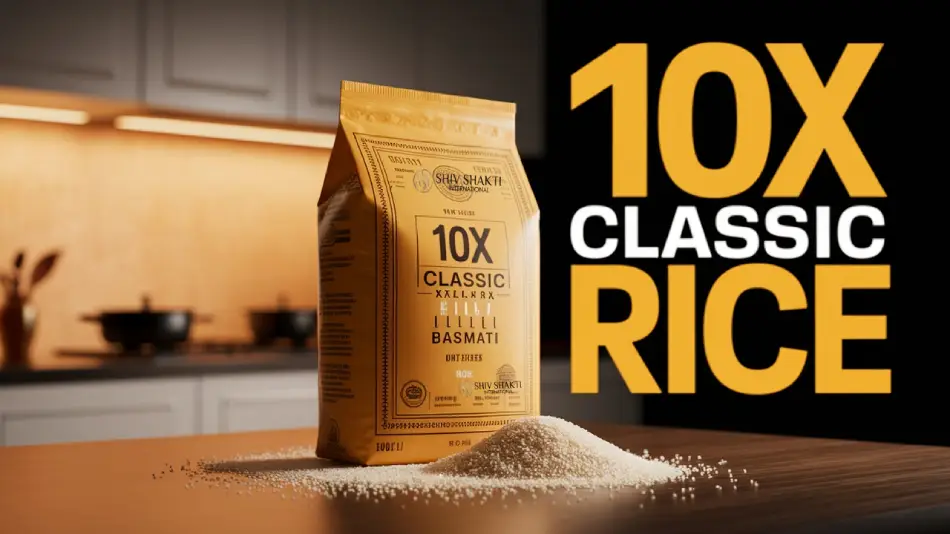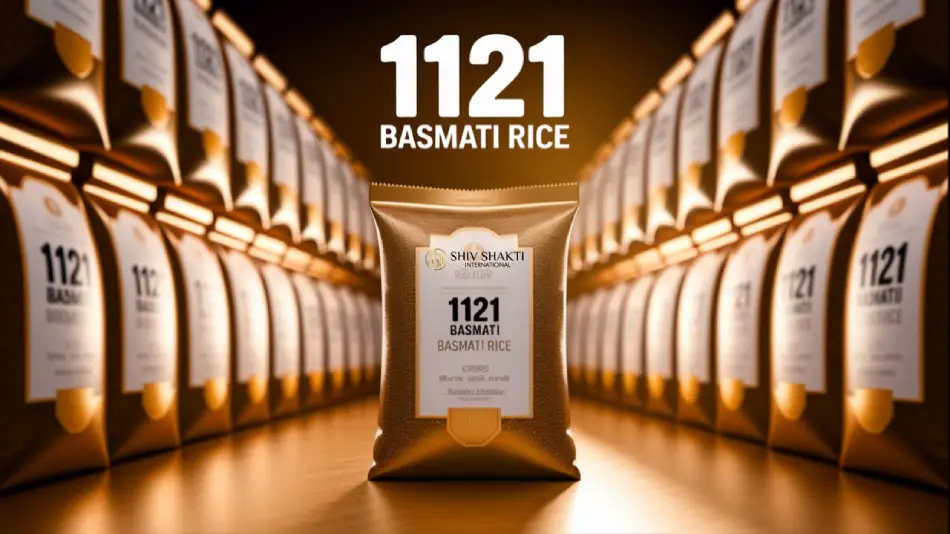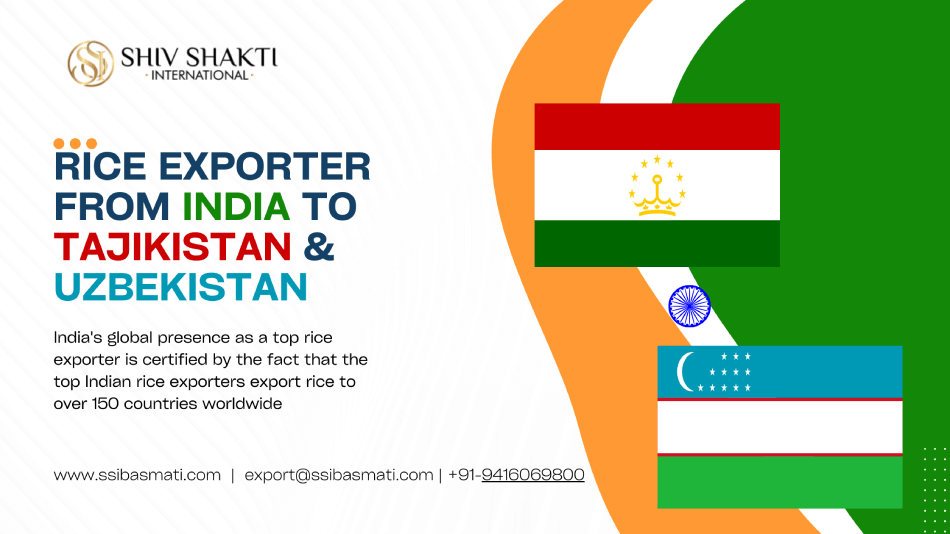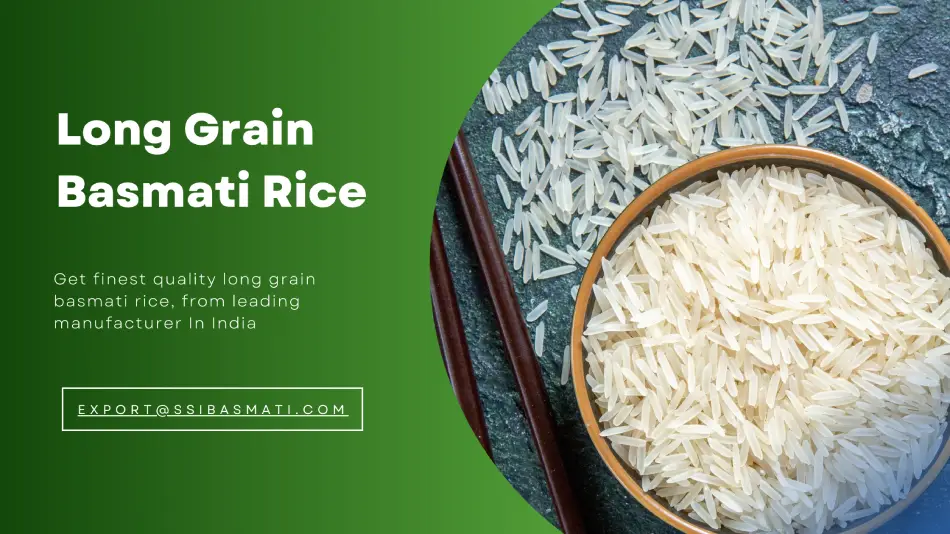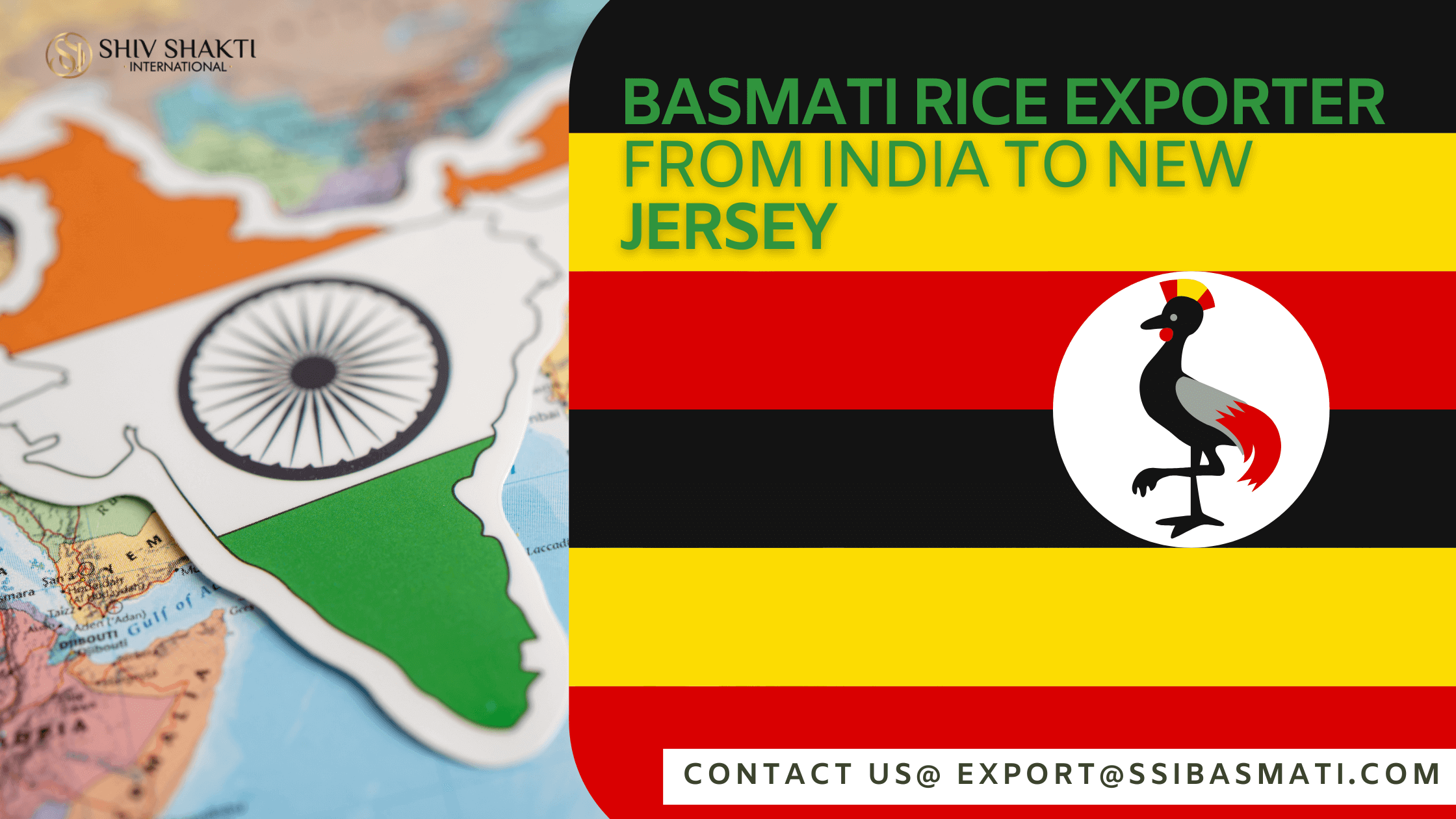.jpg )
Basmati rice is a variety of white rice farmed in the Himalayas, India, and Pakistan, with India contributing around two-thirds of the global supply. It is a long-grain rice. Basmati rice is nutty, fragrant, and somewhat spicy than other varietals. Compared to other, more delicious components, it is still mild but has a lovely perfume. When correctly prepared, the soft grains retain their individuality and lack stickiness. The rice complements but does not overpower delicate and tasty curries and meals. Here is what one should know about basmati rice exported by Basmati Rice Exporter in India.
What makes it different?
Any price may be used to make white rice. White rice is rice that has been processed to eliminate the bran and germ layers, also further treated and refined to form the fluffy, white grain. Basmati rice is a white rice variety with a lower GI, less arsenic, more fiber, and a more decadent aroma. This is the direct contrast between Basmati and white rice. White rice, on the other hand, has fewer calories and a more light fragrance.
Health benefits
Basmati rice has a significantly lower glycemic index than other rice kinds, mainly white rice. Basmati rice has a mild to the medium glycemic index, ranging from 52 to 60. If you have diabetes, small quantities of basmati rice can be part of a healthy diet. A low-fiber diet may lead to constipation as well as other digestive problems. Because the fiber in basmati rice is soluble, it adds weight and helps waste pass through the digestive tract.
Types of basmati rice
Here are some of the popular basmati rice types:
Standard Variety
Standard basmati rice is low-cost basmati rice with a shorter, thicker grain. Classic basmati rice is an excellent bulk for rice pudding, steaming rice, biriyani, pulao, etc.
Extra-long grain basmati
1121 Extra long grain basmati is premium rice aimed at restaurants that wish to provide their guests with more fragrant quality rice. The grain of the 1121 Extra Long Grain Basmati rice is longer and thinner, with a sharp tip. This rice may be used for steaming rice, pulao, and biryani.
Golden sella basmati
Golden Sella is a yellowish-colored parboiled variation of 1121 Extra Long Grain Basmati rice. The rice is yellow because it is parboiled with the natural brown husk and then dehusked afterward. Because the rice is parboiled with its husk, it absorbs some of its added nourishment and is more nutritionally dense rice. Golden Sela basmati rice cooks fluffy, crisp, and distinct grain rice.
Cream sella basmati
Cream Sella Basmati Rice is a light-colored parboiled variation of 1121 Extra Long Grain Basmati rice. The critical distinction between Creamy Sella Basmati Rice and 1121 Extra Long Basmati is the cooking procedure and the finished rice. Sella rice is often 'easier' to prepare than basmati rice, yet it may take longer. Cream Sella Basmati rice stays fluffy and more complex than 1121 after cooking, and the grains remain distinct. Cream Sela Basmati rice is frequently selected by restaurants owing to its ease of cooking and the fact that the grains remain distinct.
Unlike conventional long-grain rice, Basmati's long, slender grains have a delicate, fluffy texture that gives the tongue a different mouth-feel and unique taste. Also, the perfume of basmati rice by Shiv Shakti International is unmistakable; as the phrase goes, it spreads far and wide when you cook basmati rice. Furthermore, as previously noted, basmati rice has health benefits that make it more suited for dietary demands.
